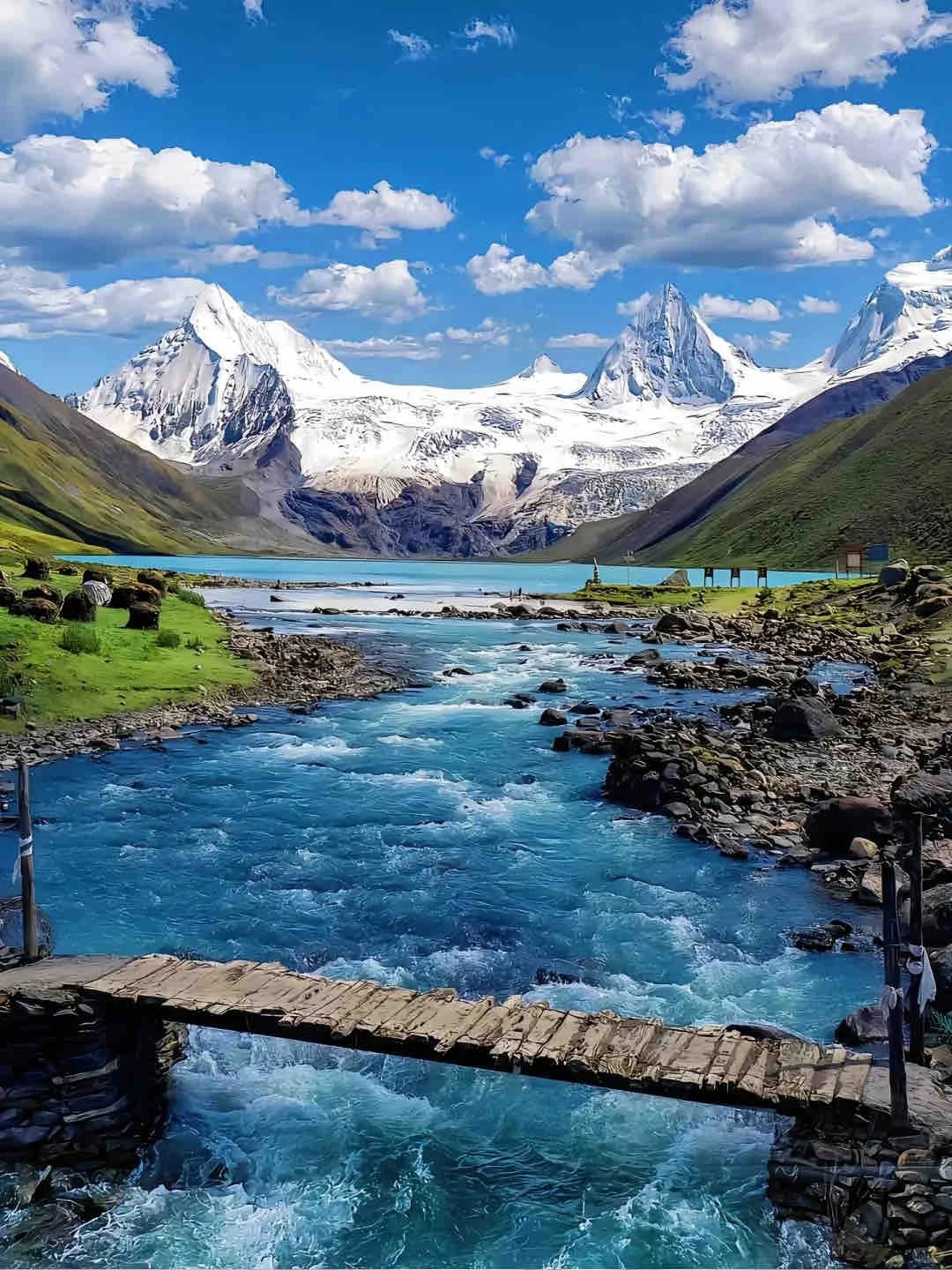Tibet, located in the high-altitude region of southwest China, is one of the highest areas in the world, often called the "Roof of the World." With its majestic landscapes, including the towering Mount Everest, snow-capped peaks, and vast grasslands, Tibet offers unique natural beauty. It is not only a paradise for nature lovers but also a sacred land for religious faith. As the birthplace of Tibetan Buddhism, Tibet is home to countless temples and sacred religious sites, with places like the Potala Palace and Jokhang Temple becoming pilgrimage destinations for both devotees and travelers. The rich cultural heritage and mystical religious atmosphere make Tibet a world-class travel destination, attracting visitors from around the globe to experience its allure.
I. The Beauty of the Plateau, Mountains Like Poetry
Tibet’s natural landscapes are truly a treasure of the world, with their grandeur and mysterious atmosphere leaving visitors in awe. Every mountain, every lake, and every inch of land here seems to tell endless stories, offering unparalleled visual impact and a deep emotional connection for all who visit.
Mount Everest: As the highest peak in the world, Mount Everest stands proudly in the Himalayas. It is the dream destination for all mountaineers. Whether you are an adventurer aiming to conquer its summit or a photographer looking for a unique experience, the majesty of Everest will captivate you. From a distance, you can see its snow-covered slopes stretching endlessly, with vast clouds and an otherworldly atmosphere, as if entering a mysterious paradise.
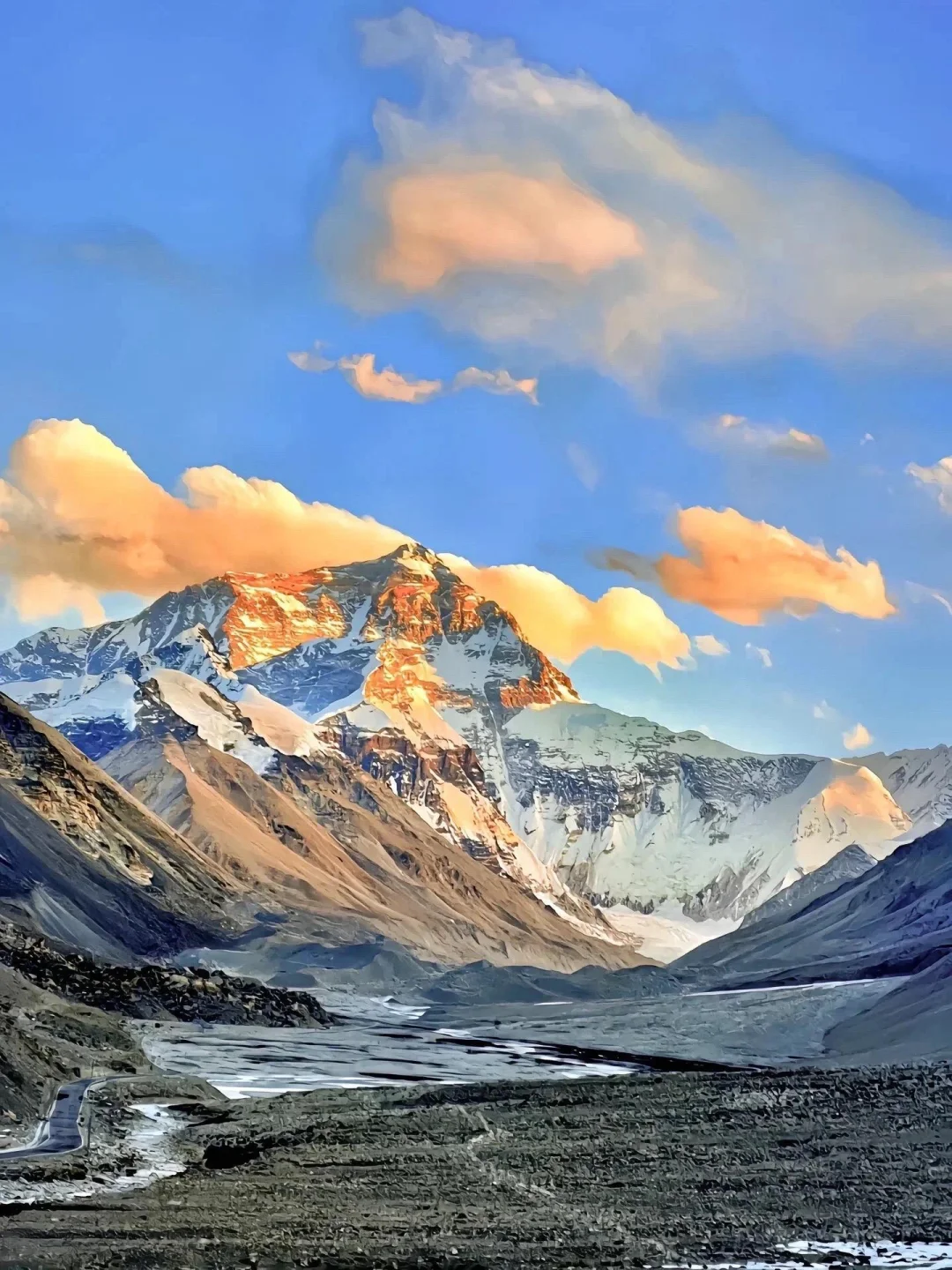
Namtso Lake: Known as the "Heavenly Lake," Namtso is one of Tibet's three sacred lakes. The lake’s surface is like a mirror, reflecting the distant snow-capped mountains. Along its shores, the tents of herders dot the vast grasslands, creating a tranquil, otherworldly scene. This is not only a haven for nature lovers but also a sacred site in Tibetan Buddhism, drawing countless pilgrims for worship.
Nyingchi: Often called the "Jiangnan of Tibet," Nyingchi offers a lush, temperate climate that contrasts sharply with the colder, higher regions of Tibet. It is home to dense forests, clear rivers, and towering snow peaks, resembling a living landscape painting. In spring, the peach blossoms in Nyingchi bloom, creating vast fields of pink flowers that attract photographers from all over the world. It is one of the most romantic places in Tibet.
Kekexili: A UNESCO World Natural Heritage site and nature reserve, Kekexili preserves its pristine wilderness. It is home to rare animals like the Tibetan antelope and is considered Tibet’s "last pure land." In this remote area, visitors can experience boundless wilderness, stunning mountain views, and abundant wildlife, making it a dream destination for adventurers and nature photographers.
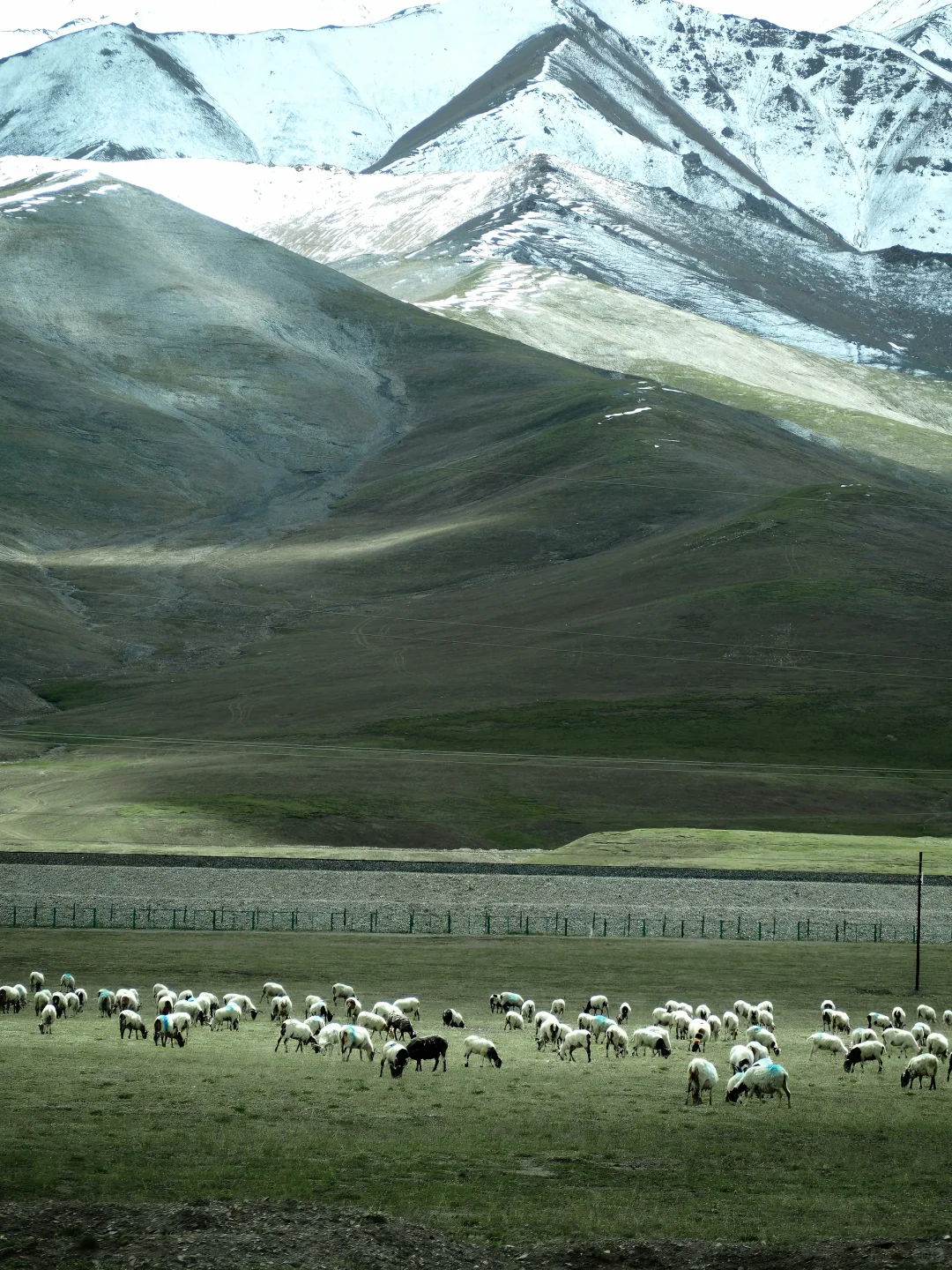
These natural wonders make Tibet a sacred land where visitors can have an intimate connection with nature, leaving them with lasting memories.
II. Pilgrimage and Spiritual Purification
Tibet is not only a natural wonder but also a sacred land of religion, with Buddhist culture deeply rooted in the plateau. For countless pilgrims, Tibet is the spiritual home, the land of purification for the soul. Every temple, every mountain, and every sacred site here carries deep religious sentiment and historical significance.
Potala Palace in Lhasa: The Potala Palace is the most iconic structure in Tibet and one of the most sacred palaces in the world. Sitting atop Red Mountain in Lhasa, it showcases the fusion of Tibetan culture and religion with its grand scale and unique architectural style. It was once the winter residence of the Dalai Lama and served as the political and religious center of Tibetan Buddhism. Every year, thousands of pilgrims come to the Potala Palace to worship, experiencing the tranquility and solemnity of this sacred Buddhist site.
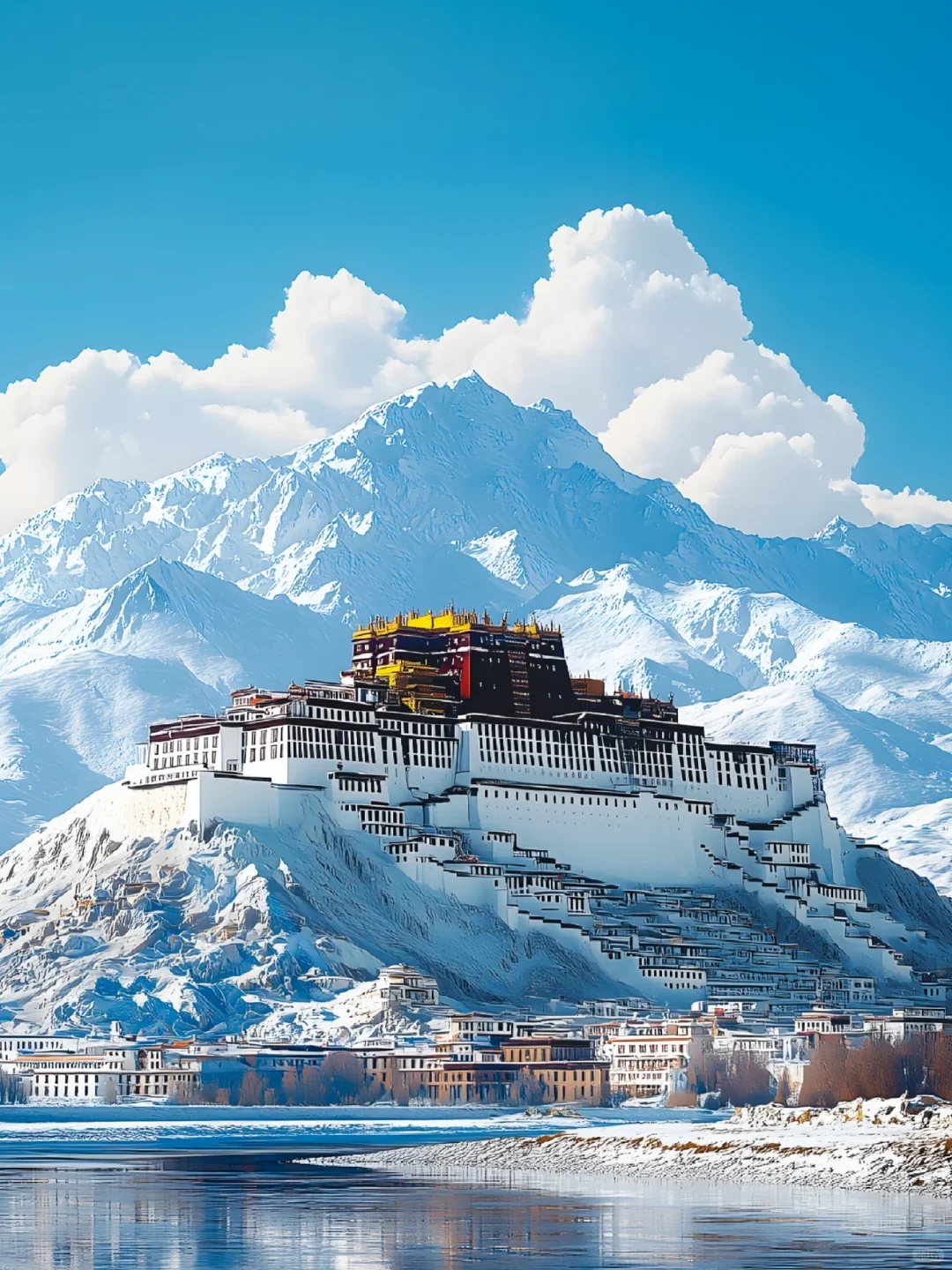
Jokhang Temple and Ramoche Temple: The Jokhang Temple is considered the heart of Lhasa and one of the most important sacred sites in Tibetan Buddhism. It houses a revered golden statue of Sakyamuni Buddha, making it a must-visit place for Tibetan pilgrims. Nearby, Ramoche Temple, though smaller, is equally historic and culturally significant. Both temples bear witness to the long history of Tibetan Buddhism and the power of faith, serving as key places to experience Tibetan religious culture.
Tashilhunpo Monastery in Shigatse: Located in Shigatse, Tashilhunpo Monastery is one of the four major monasteries of the Gelug sect of Tibetan Buddhism, with a history of over 500 years. The monastery houses a towering statue of the Maitreya Buddha and serves as an important center for religious activities among Tibetans. Every year, pilgrims from around the world gather at Tashilhunpo to experience the depth and mystery of Tibetan Buddhism and witness the unwavering devotion of the Tibetan people.
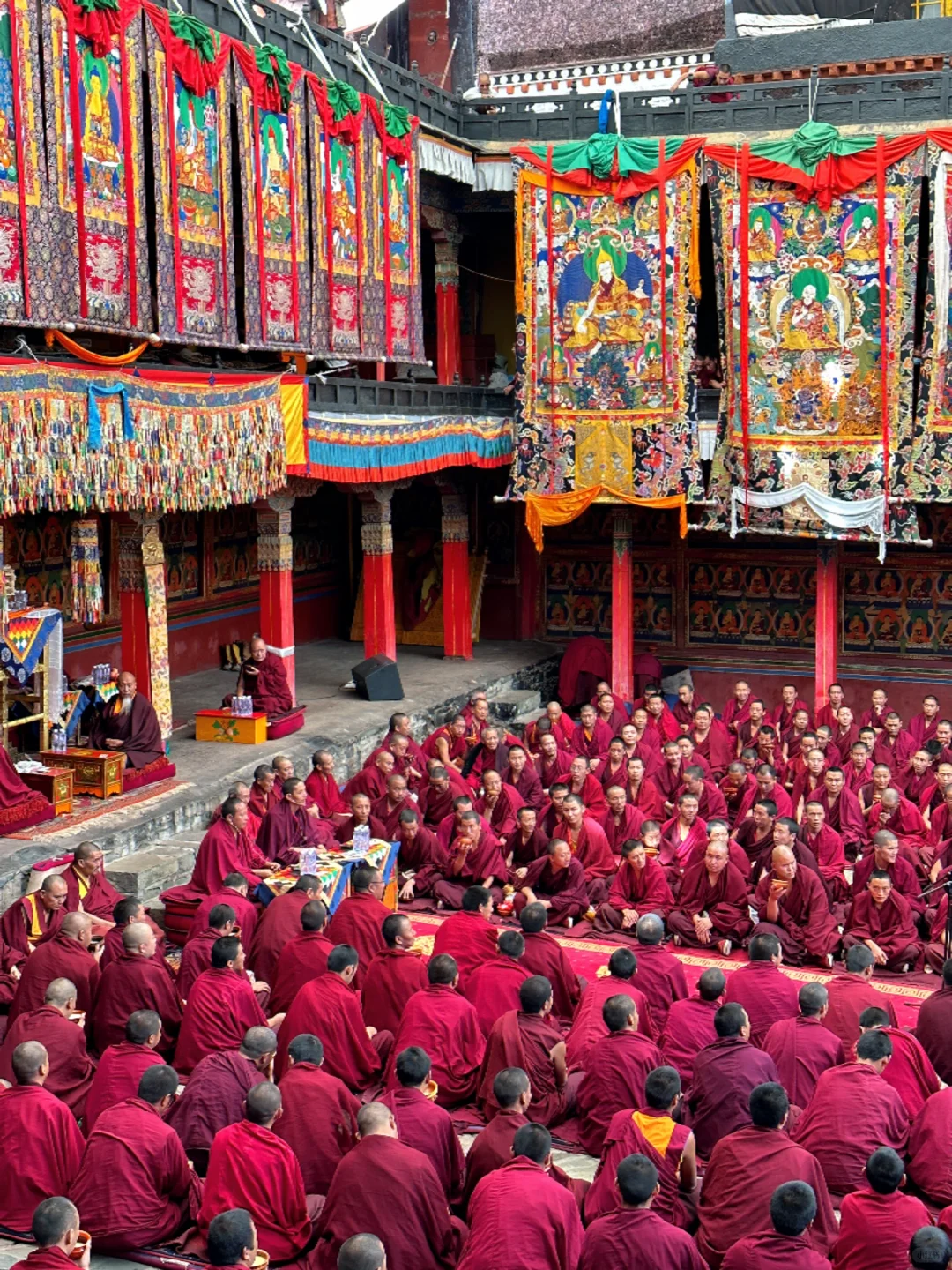
Mount Kailash: Known as the "Center of the World," Mount Kailash is one of the most sacred mountains in Tibet. Located in the Ali region, it is a holy site for Buddhism, Hinduism, and Bon. Every year, thousands of devotees and pilgrims circle Mount Kailash, engaging in the traditional kora ritual, hoping to purify their souls and accumulate good karma. Mount Kailash is not only a symbol of religious faith but also a testament to the harmonious integration of Tibetan culture and the local natural environment.
Tibet’s religious culture is deeply rooted in this sacred land, and every temple and sacred mountain is a witness to faith and history, attracting countless followers and visitors to worship and explore. In this vast plateau, religion and nature are perfectly intertwined, creating a unique place for spiritual purification.
III. Culinary Delights of the Snowy Plateau
Tibetan cuisine is rich in cultural and historical significance, with each dish closely tied to the unique, mysterious land of Tibet. From butter tea to Tibetan hotpot, from barley to yak meat, Tibetan food not only warms the body but also blends the region's strong local flavors with its deep ethnic culture.
Tibetan Hotpot: Tibetan hotpot is a must-have food during the winter months for the people of Tibet. Unlike traditional hotpots, the base broth of a Tibetan hotpot is made from Tibetan butter, lamb bones, and various spices, resulting in a rich, flavorful soup. Typical ingredients include lamb, beef, vegetables, and potatoes. The Tibetans enjoy dipping these ingredients into the broth, savoring a hot, hearty meal that both warms and satisfies. Butter tea is the perfect companion to the hotpot, its tea and milk flavors complementing the spicy taste of the hotpot, creating a wonderful balance for the taste buds.
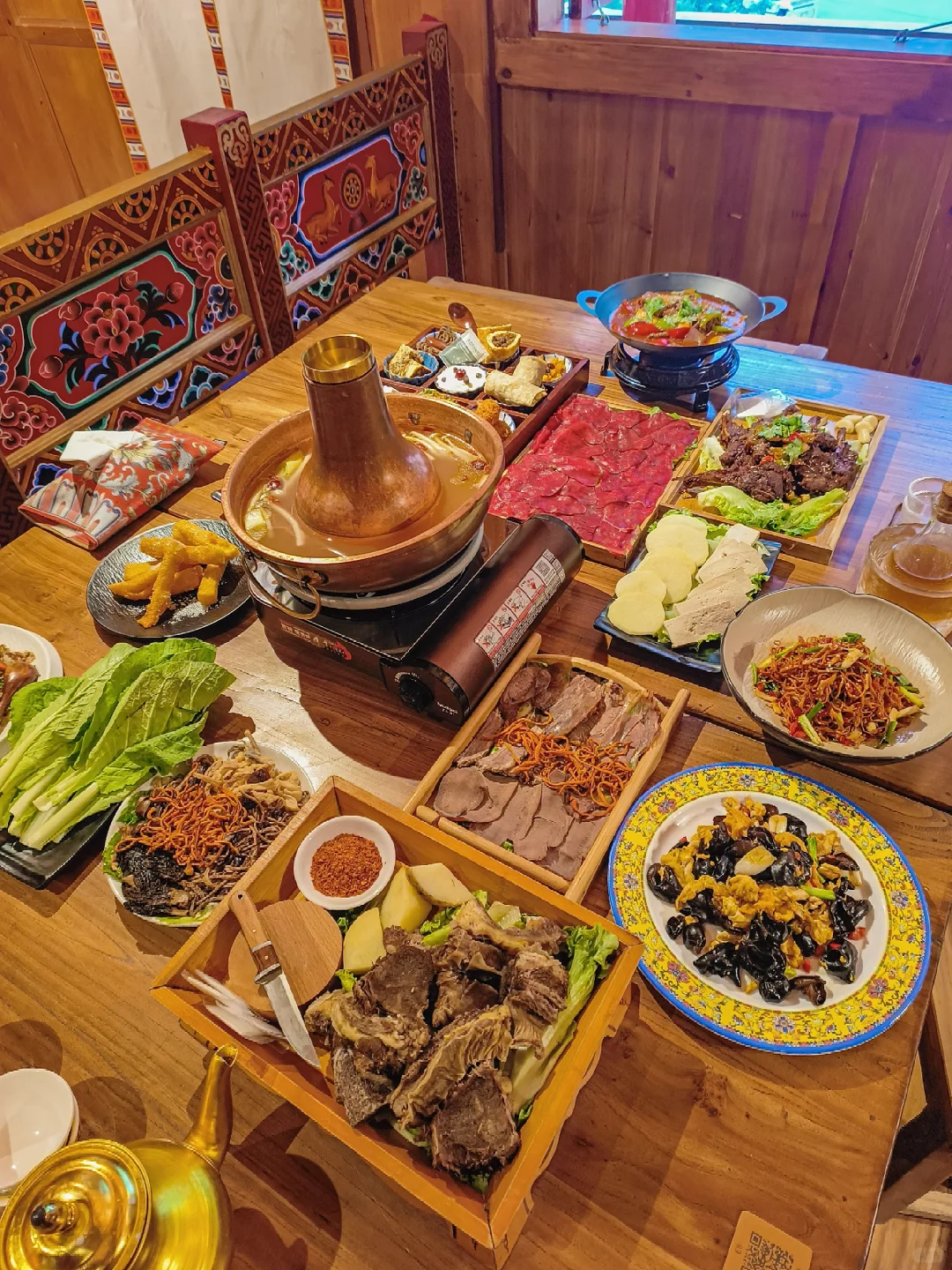
Barley and Yak Meat: Barley is the staple food of the Tibetan Plateau. It is hardy, nutritious, and versatile, often used to make noodles, tsampa (roasted barley flour), beer, and steamed bread. Tsampa, made from roasted barley flour, is a key part of the Tibetan diet and is commonly eaten with butter tea or yak butter. Yak meat, another traditional Tibetan food, is known for its rich flavor and chewy texture, as yaks are raised in the high-altitude, cold environment. Yak meat is often prepared as dried jerky, in hotpot, or roasted, and it is an important part of everyday meals in Tibet.
Tibetan Pastries and Sweets: Tibetan desserts are typically made from dairy products and flour, with popular items including Tibetan pastries, butter biscuits, and cheese. Butter biscuits are a favorite snack in Tibet, crispy on the outside and soft on the inside, often made with butter and flour, offering a satisfying texture. Cheese and butter are also essential components of traditional Tibetan sweets, often eaten with tsampa, tea, or fruit. Butter tea, as a traditional beverage, is also often paired with light snacks, offering a refreshing and warming experience.
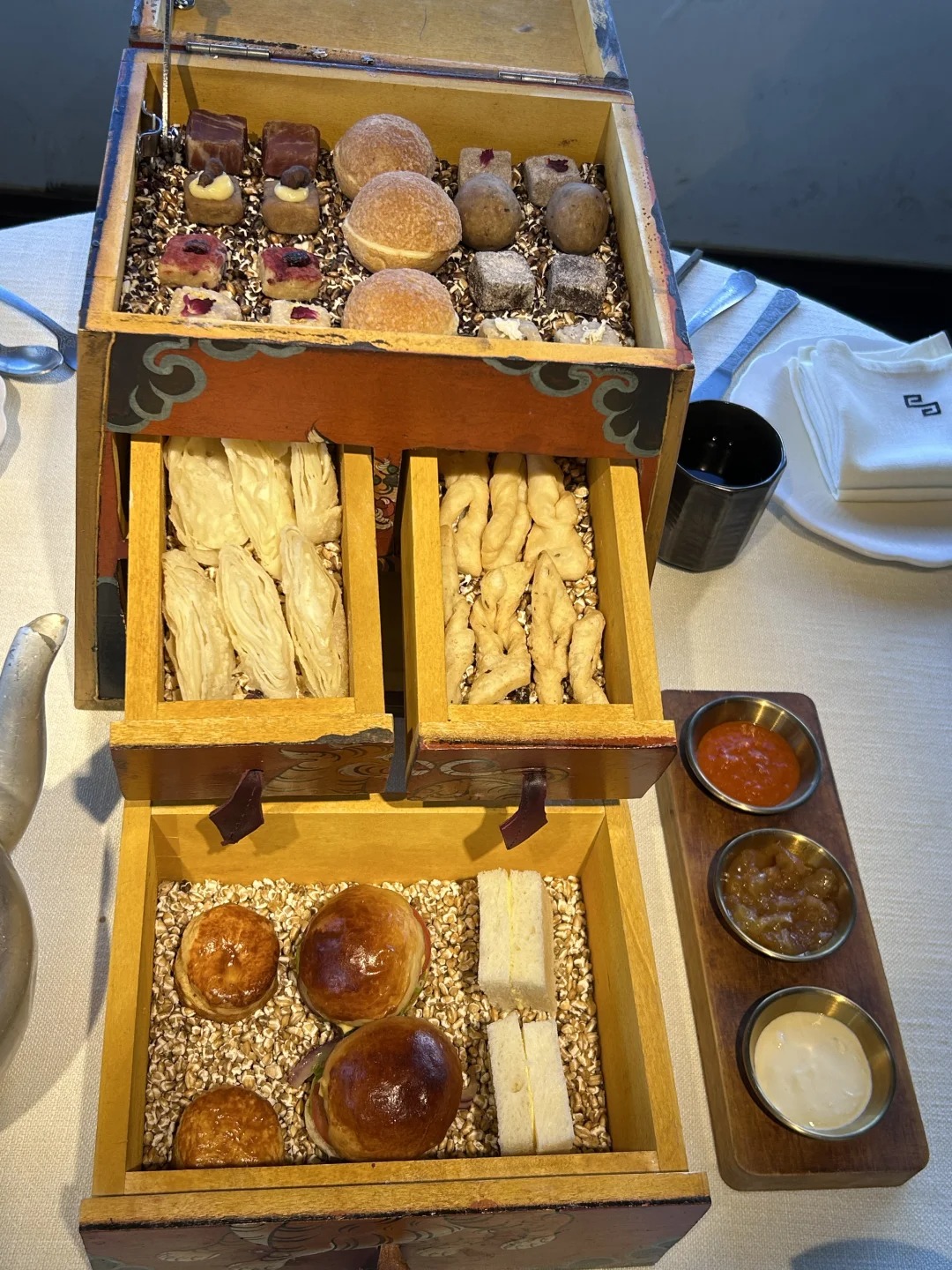
Tibetan cuisine is deeply reflective of the region's distinct culture, showcasing the close relationship between the highland people and their natural environment. From butter tea to hotpot, each dish symbolizes the cultural essence of the Snowy Plateau. Tasting Tibetan food is not only a treat for the palate but also a profound way to experience the mystical land of Tibet.
IV. Essential Travel Tips for Your Plateau Adventure
Traveling to Tibet is both a physical challenge and a profound cultural experience. Due to its unique geographical features and high-altitude climate, special attention to detail is needed when planning a trip. Here are some helpful travel tips to ensure that you enjoy your intimate journey through snowy mountains, lakes, and Tibetan culture.
1. Best Time to Visit: Spring and Autumn are Ideal; Avoid Winter and Summer Heat
-
The peak tourist seasons in Tibet are during the spring and autumn months (April to June, September to October). During this time, the weather is moderate, with comfortable daytime temperatures and cooler evenings, making it perfect for outdoor activities. Spring and autumn in Tibet are especially pleasant, with abundant sunshine, and the autumn sky is crystal-clear, offering stunning views of mountains, rivers, and snow-covered peaks.
-
Summer (July to August) is Tibet's rainy season, with more frequent rainfall that could affect outdoor activities such as hiking, mountaineering, and photography.
-
Winter (November to February) in Tibet is cold, with some areas, particularly those outside Lhasa, experiencing extreme temperatures. While winter offers a peaceful travel experience, the freezing weather may not be suitable for first-time visitors to high altitudes.
2. Altitude Sickness and Health Tips: How to Prevent Altitude Sickness and Stay Healthy
-
Tibet's high elevation and thin air can lead to altitude sickness, especially for travelers who are not accustomed to high-altitude environments. It's crucial to be aware of the symptoms and take preventive measures.
-
Symptoms of Altitude Sickness: Common symptoms include headaches, dizziness, fatigue, shortness of breath, and difficulty sleeping. In severe cases, it can lead to breathing difficulties and numbness. When first arriving at high altitudes, it’s important to rest, avoid exertion, and allow the body time to adjust to the lower oxygen levels.
Prevention Tips:
-
Acclimate Slowly: If possible, spend a day or two in a lower-altitude city (like Chengdu or Chongqing) before heading to Tibet to help your body adjust.
-
Gradual Ascent: Avoid rushing; increase your altitude gradually. Upon arrival in Tibet, allow a few days for your body to acclimatize to the thinner air.
-
Stay Hydrated and Rested: Ensure you get enough rest and drink plenty of water to stay hydrated and avoid fatigue.
-
Essential Medications: Bring any necessary medications, such as those for altitude sickness, cold remedies, antibiotics, and digestive medications. Consult with your doctor before your trip, especially if you need altitude sickness medication.
3. Transportation: How to Get to Tibet
Main Travel Routes: The primary ways to reach Tibet are by plane or train. For most travelers, flying is the most convenient option. Lhasa Gonggar Airport and other airports in Tibet (like Shigatse and Nyingchi) offer direct flights from major cities in China. Once in Tibet, you can use local buses, taxis, or hire a car for sightseeing.
-
By Plane: It is recommended to fly from cities like Chengdu, Chongqing, or Beijing, all of which offer direct flights to Tibet. Flights from Chengdu are especially convenient and cater to most tourists.
-
By Train: The Qinghai-Tibet Railway is known for its breathtaking scenic views, especially from Xining to Lhasa. While the journey by train takes about two days, it offers a smoother altitude acclimatization experience compared to flying and gives you the chance to enjoy the stunning landscapes along the way.
4. Accommodation Recommendations:
-
Lhasa: As Tibet’s capital, Lhasa offers a wide range of accommodation options, from luxury hotels to budget inns. It is advisable to stay at a hotel with well-maintained facilities and good service. In the high-altitude areas, heating and oxygen availability are critical, so ensure the hotel provides 24-hour hot water and oxygen rooms.
-
Tibetan Guesthouses and Inns: If you want to immerse yourself in Tibetan culture, consider staying in a Tibetan-style guesthouse or an alpine inn. This allows you to experience the customs and warm hospitality of the Tibetan people firsthand.
Important Note: Accommodation can be limited in more remote areas, so it’s highly recommended to book your stay in advance, especially during peak tourist seasons or when inclement weather might disrupt accommodation availability.
V. A Profound Dialogue with Nature and the Soul
Tibet, this mystical plateau, draws countless travelers with its breathtaking natural beauty and profound cultural heritage. From the towering majesty of Mount Everest to the tranquil serenity of Namtso Lake, from the sacred Potala Palace to the simple, authentic life of the Tibetan people, every inch of this land is imbued with deep historical significance and spiritual energy.
Here, a journey is not just a visual feast—it is a spiritual cleansing. Tibet’s landscapes and culture deeply touch the hearts of all who visit, bringing inner peace and wisdom. This profound dialogue with nature and culture allows every traveler to find their true sense of belonging in this mysterious plateau.
